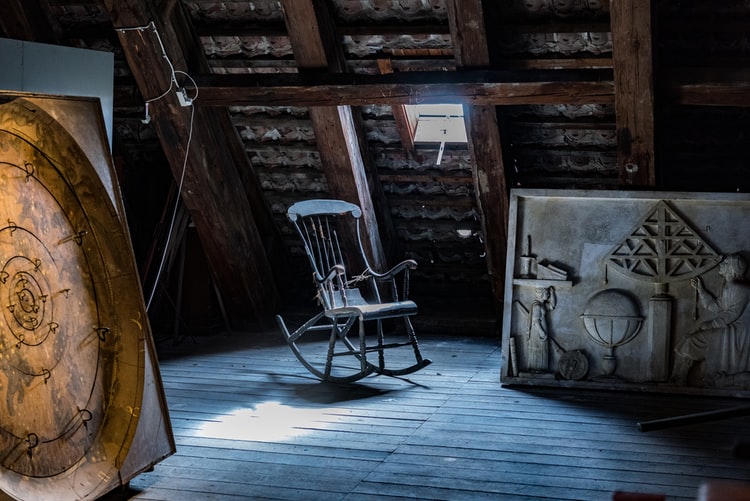
Tried and Tested Ways to Remove Paint From Wood Furniture
To paint or not to paint wooden furniture is a question that frequently haunts furniture designers, interior decorators and wooden furniture enthusiasts alike. While many retro decoration trends call for upcycling of old pieces of furniture by painting them to match modern aesthetics, many still believe that the true beauty of wood lies in its grain and natural colour.
You could belong to either school of thought, but what matters is that - painting wooden furniture, if done right, does not necessarily mean compromising on its finish and quality for life. And, it is reversible.
Read - A Comprehensive Guide to Painting Your Wooden Furniture
There are many ways to get rid of the layers of paint and varnish to reveal the stunning wood beneath. Here are the three most effective, popular and easy ways of doing it:
1: Sanding
Sanding is the easiest and simplest way to remove paint from wood unless you plan to do it on large or intricate furniture surfaces, in which case you might need professional assistance. Sanding tools include sandpaper, wire wool, power sanding disks and clapboard sanders to grind away the paint. It is crucial to go slow with sanding wood. Since sanding takes off the surface of wood, if not done with a slow and steady hand, it can lead to rubbing wood thin at places and an uneven final finish. Power tools can help in applying even pressure on the surface and achieving a smoother finish. Either way, it is best to go slow and easy to sand wood to perfection.
2: Heating paint
Heating can remove paint in no time, but at the risk of scorching the wooden surface. Tools such as electric hot guns and infrared devices melt the layers of paint and varnish into goo that can be just scraped off the surface. The process involves minimum dust and is effective in removing years of paint. However, if not handled carefully, hot air guns and infrared devices can scorch the wood and damage the look of the furniture. Also, hot air heating may not be an optimum solution for removing varnish alone, as varnish tends to melt into a gooey mess that sticks to the surface of the wood.
3: Chemical paint stripping
Limitations of sanding and heating paint off the wooden surface can be overcome by resolving to chemical paint strippers. It is ideal to use paint dissolving liquids, gels and pastes on intricate woodworks, awkward shapes and finely-detailed pieces of furniture as it ensures thorough paint removal, even from the corners that cannot be touched by sanding or heating devices. Though chemical strippers come with their own set of care and safety measures, they are certainly more effective in leaving the wooden surface absolutely paint free and evenly clean.
Each method comes handy depending on the structure, nature and condition of the surface, but most likely you will end up using a combination of manual and chemical methods to achieve the desired result, especially if the layer of paint is old and thick.
Read - Maintenance Tips to keep your Wooden Door good as New
Vinegar: A quick, home-based DIY to remove paint from wood
The above-mentioned methods require some basic skills to achieve success without damaging your much-loved furniture. In fact, if you are an amateur, you might actually turn to your carpenter to help you with restoring the wooden finish from painted furniture. So before you do that, you can try a simple and easy home-based method for cleaning your wooden furniture off the layers of paint - vinegar.
Vinegar offers an easy, economic and effective way of removing paint from wooden surfaces. It softens the paint enough to be scraped off the surface. That too without any dust, strong smell or toxic fume production in the process. To use vinegar, heat a small amount of it in a saucepan or microwave, soak a clean cotton cloth in it before dabbing it on the surface of the paint. Leave it on till the paint starts to soften. Use enough vinegar to thickly coat the surface of the paint. Once the paint starts softening, scrape it from the wood using a paint scraper. Finally, wipe the surface with a clean piece of cloth to remove excess vinegar and other traces of paint.
Removing paint off wood is just as easy or complex a process as painting it right. But if done well, it opens up many options to reuse and restore a piece of furniture to suit your existing décor scheme.
Read Also - How to Clean Wooden Furniture: Here’s Everything You Need to Know



























